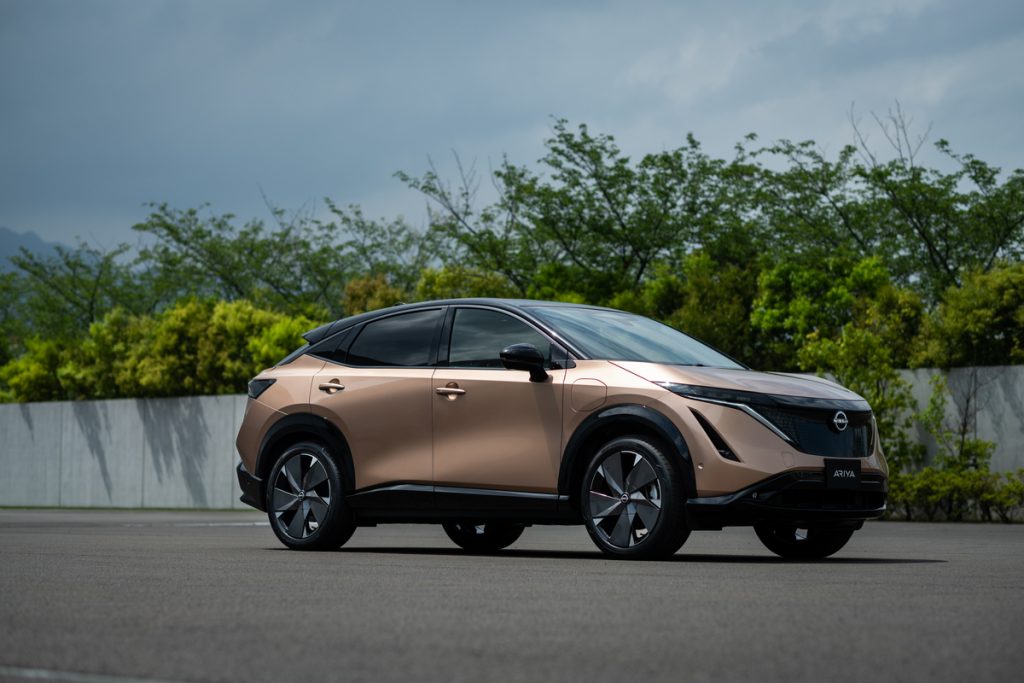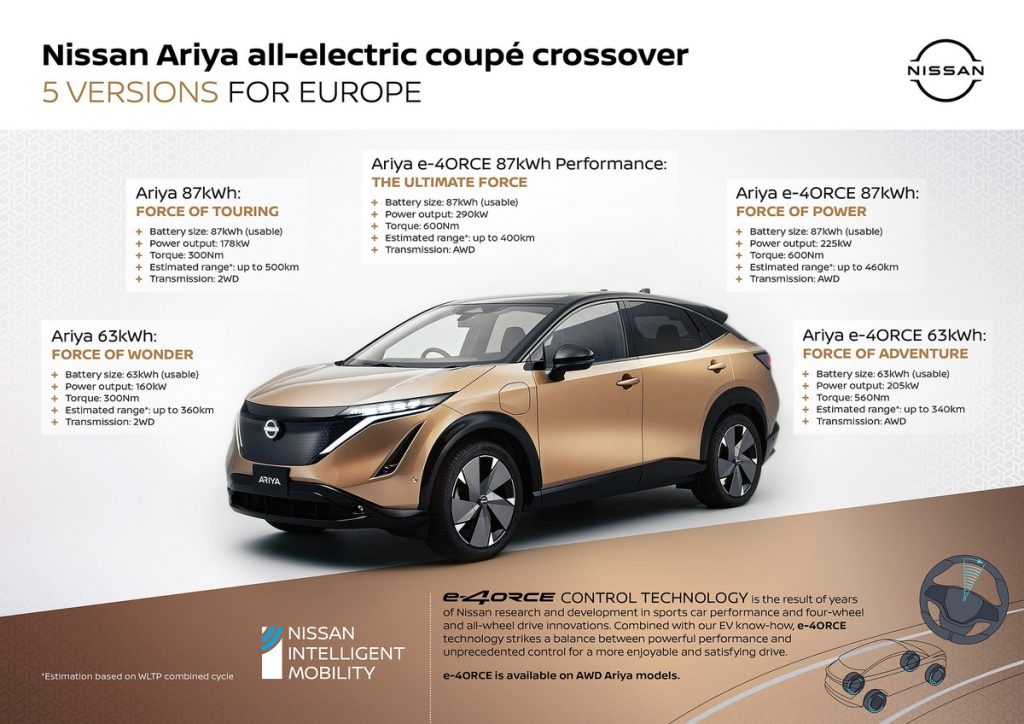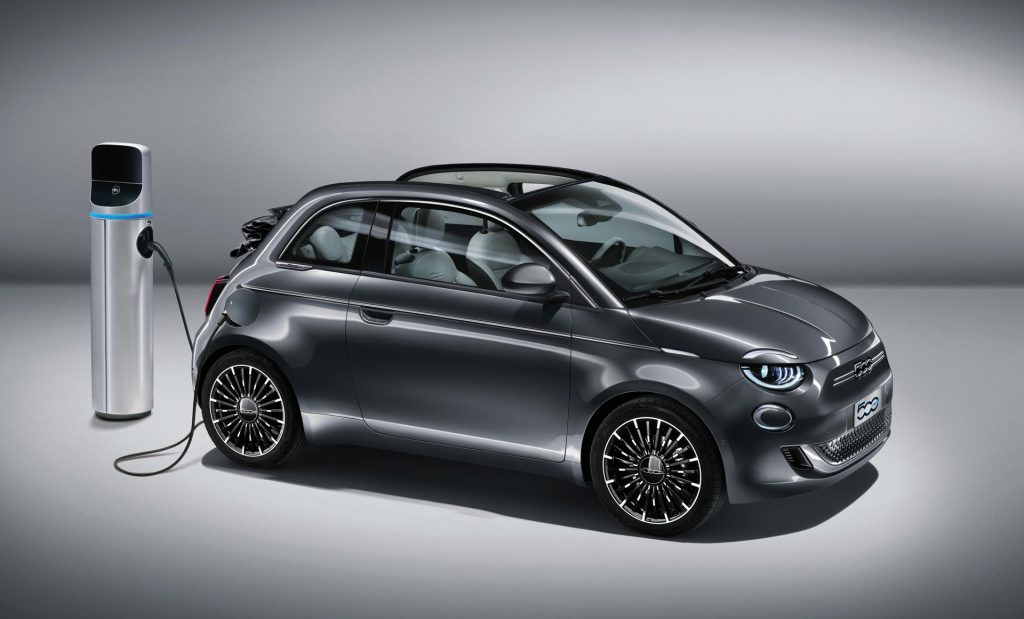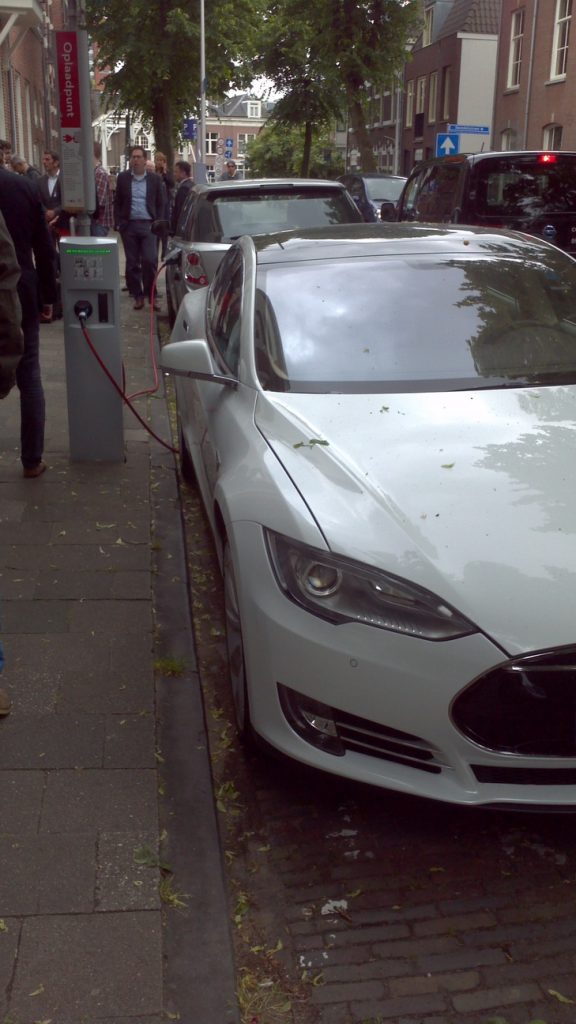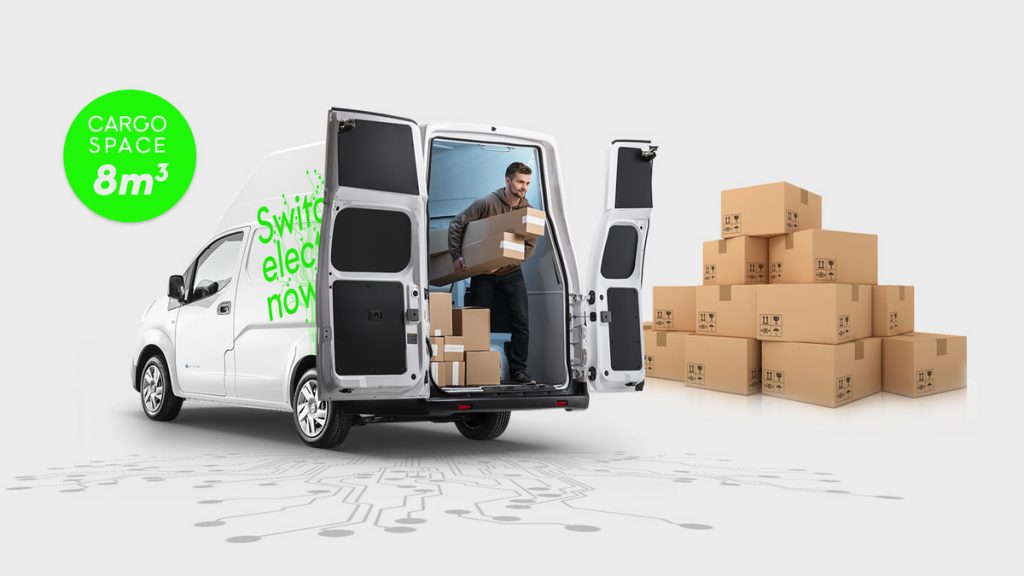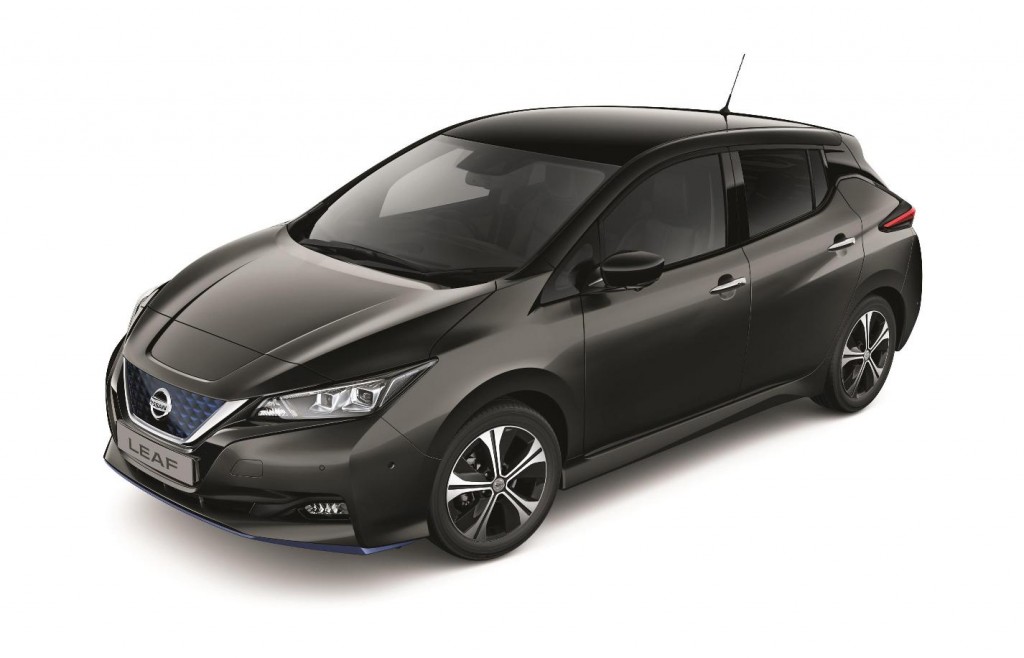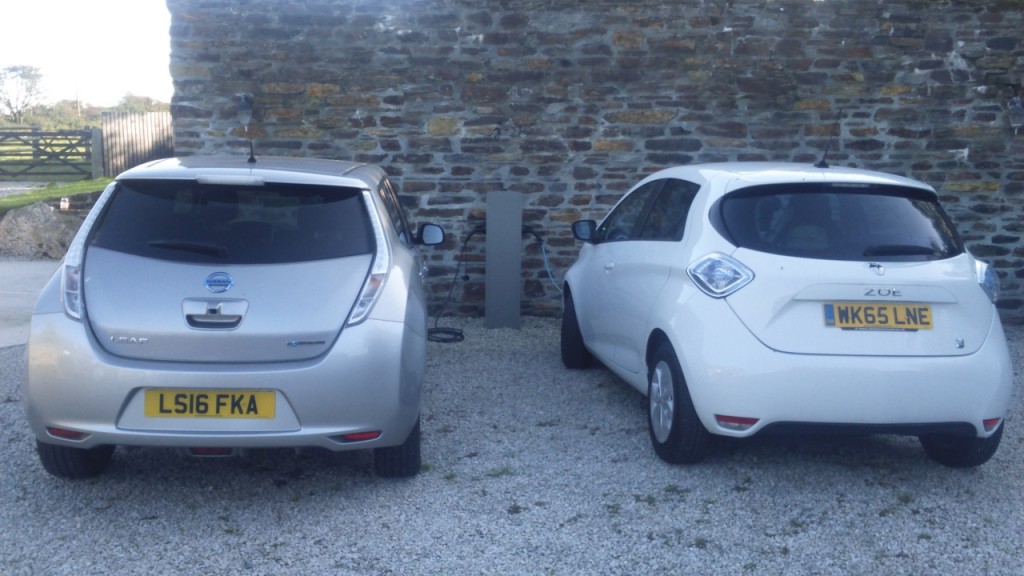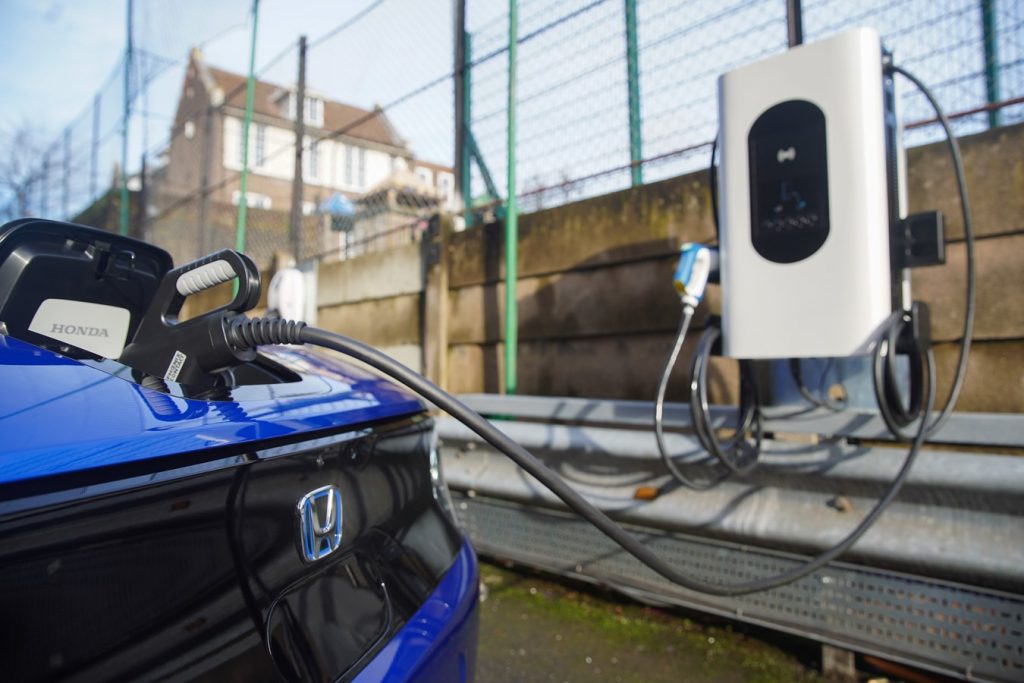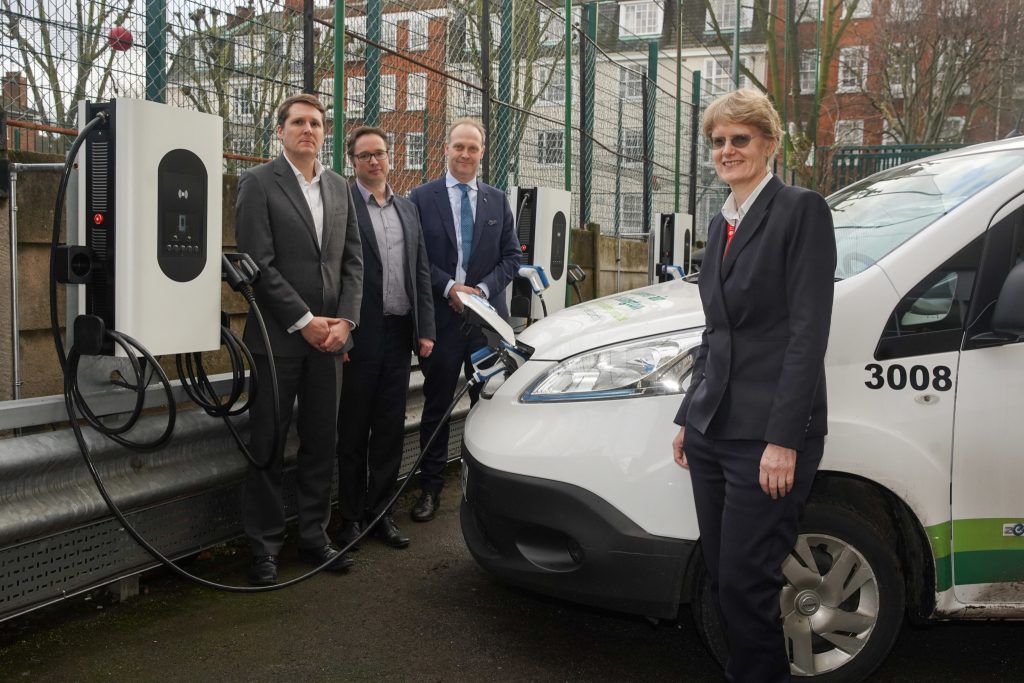Without even mentioning the term vehicle-to-grid Audi announced in a press release last week that:
Increasing network stability, lowering electricity costs, and contributing to climate protection – that is the vision that Audi and the Hager Group are pursuing. The incorporation of the electric car into the domestic grid is at the core of an innovative research project on bidirectional charging. This offers major advantages in combination with a photovoltaic system in particular. Excess PV electricity can be stored temporarily and output as needed.
Audi has committed to the objectives of the Paris Climate Agreement and is working on making its vehicle fleet CO2-neutral by 2050. In order to achieve this aim, the brand with the four rings is pursuing a broad electric offensive that involves launching around 20 fully electric models by 2025. And not only that: The electric car is to evolve into part of an increasingly broad mobility offer and become an element of the sustainable energy transition.
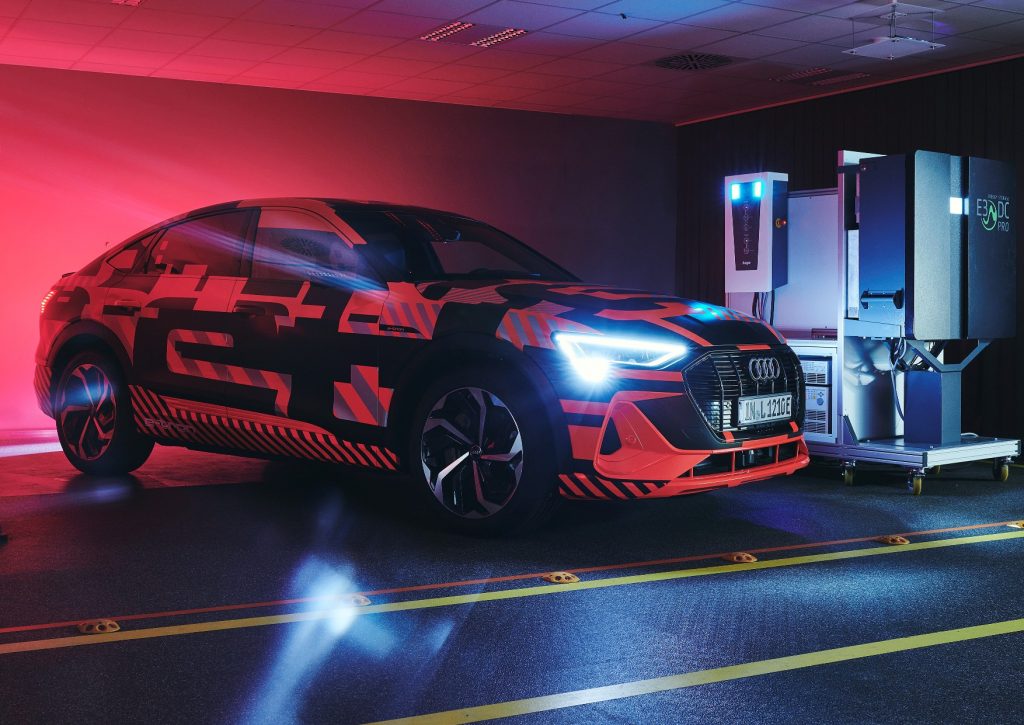
The press release does however mention a slightly less familiar three letter acronym:
The idea is as simple as it is genius: The high-voltage battery of the electric car not only is charged via the wall box at home but can also supply energy back to the house as a decentralized storage medium. If the customer has a photovoltaic system, the electric car serves as a temporary storage medium for the domestically generated eco-electricity. When the sun is no longer shining, the vehicle can supply the stored electricity back to the house. Bidirectional charging at home – also known as Vehicle to Home (V2H) – has great potential to reduce the home owner’s electricity costs and increase network stability. As a further expansion stage in combination with a home storage unit, it is possible to achieve near complete energy independence and increased security of supply in the event of a blackout. “Using the battery of electric vehicles to contribute to climate protection while lowering electricity costs at the same time is a vision that we have found fascinating since the very beginning. And we have found an ideal partner in Audi,” explains Ulrich Reiner, project manager at Hager Group.
We are very pleased to hear Audi state that “The idea is… genius “, since we put our “artist’s impression” of our “Static and Mobile Distributed Energy Storage” (SaMDES for short) concept in the banner at the top of every page on the V2G UK web site over 7 years ago!
Audi explain our V2H genius in greater detail in slightly stilted English as follows:
What sounds simple in theory requires a high level of technical intelligence and coordinated interaction between different technical components in terms of infrastructure and in the vehicle in practice. An Audi e-tron with near-series charging technology was used in the research project. In the test grid, the fully electric Audi model operated with a DC wall box, which enables a charging capacity of up to 12 kW, and a flexibly extendable home storage unit with a capacity of 9 kWh. While it could provide additional flexibility in possible series production, it is not a necessary requirement for bidirectional charging. Thanks to the DC voltage level in the overall grid, the connection between the PV system and the vehicle does not require an inverter and is thus a particularly efficient solution.
One thing Audi and Hager have done that we hadn’t quite managed to get around to just yet is to create a video that explains our SaMDES concept in an approachable way and set to music. Here it is:
Do you suppose that given all their resources Audi will eventually catch up with us?

